SUMMARY
This is AI generated summarization, which may have errors. For context, always refer to the full article.
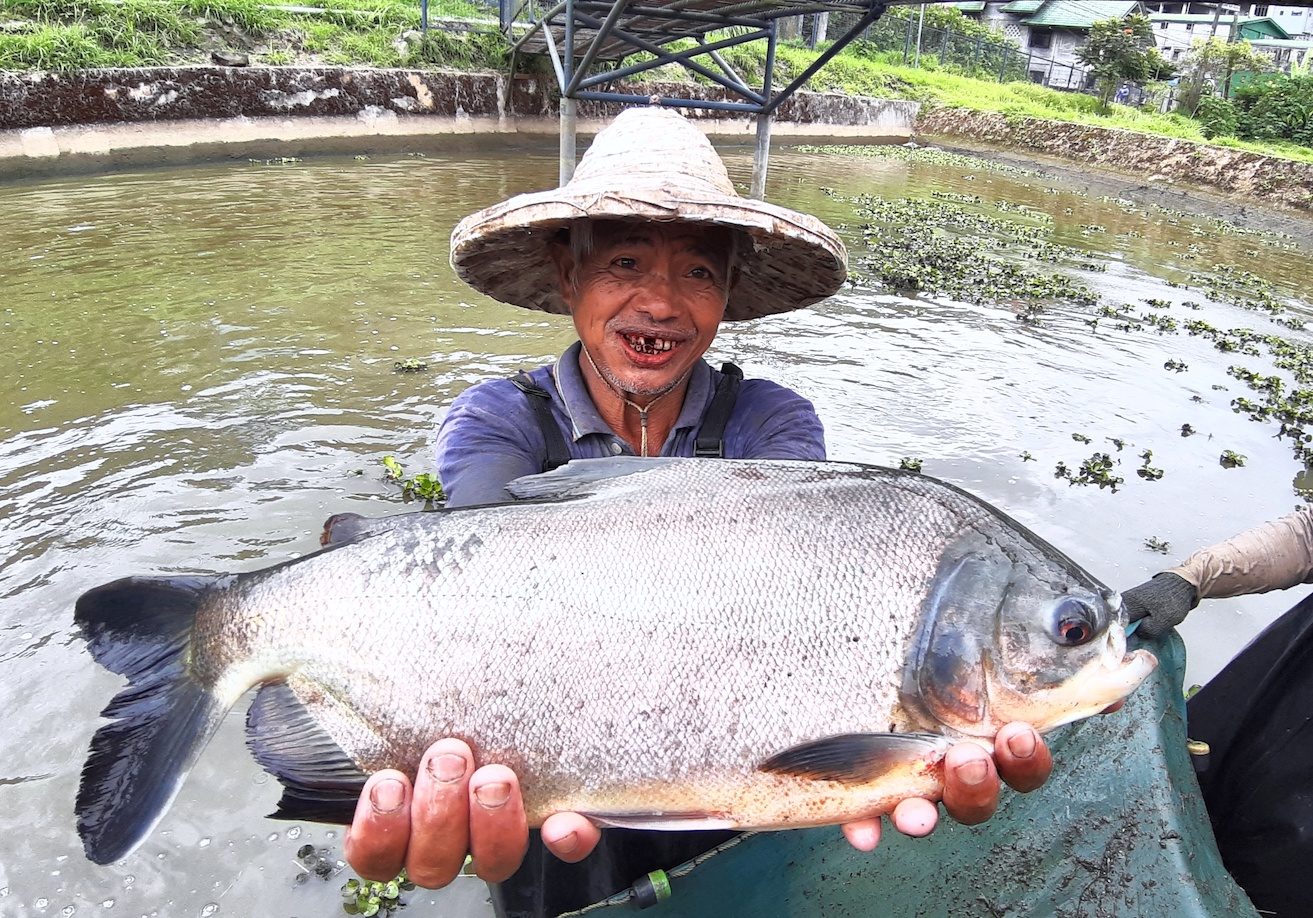
The Bureau of Fisheries and Aquatic Resources – Cordillera (BFAR-CAR) has two of the only greenhouse tilapia ponds in the country.
In here, the tilapia fingerlings are made to grow from fries 10 millimeters long to fingerlings 5 times longer.
The remarkable thing is not that BFAR-CAR raises fish in a land-locked region and makes them grow in greenhouses; it’s that their fish were able to survive at all in chilly water.
February in La Trinidad is colder than neighboring Baguio where by dawn the temperature can dip to 9º Celsius.

Just imagine how cold the water in La Trinidad would then be.
Marx Perfecto Garcia, BFAR-CAR aquaculturist, on a certain day got some water from the breeding pond and measured its temperature. It was 18º at about 10:00 in the morning.
“At this temperature, the tilapia eggs and fries would not survive at all,” he said.
Using solar panels, BFAR would have to increase the water temperature in the 5 hatching bins to 27º so the tilapia eggs will become fries when they are later transferred to the greenhouse ponds.

Garcia calibrated the thermometer used for hatching chicken eggs to be used instead for checking the water temperature.
Because of these interventions, the survival rate of tilapia fries reaches 95%, instead of 20 to 30% in the usual fry rearing process.
While in the ponds, buyers flock to BFAR-CAR at the Benguet State University campus. Buyers range from backyard growers, who buy P200 worth of fingerlings at one peso each, to major tilapia growers in the dam reservoirs of Cordillera in Ambuklao and Binga Dams in Bokod, Benguet who buy as much as P50,000 worth.
Garcia said they get buyers from as far as Abra to Ifugao.
Being landlocked, Cordillera has to raise its own fish, unlike other regions that fish in the open sea. With ocean fish getting depleted, Cordillera may have the answer to the fish problem of the country.
Many of the 29 ponds of BFAR-CAR are raising freshwater fish so they can disseminate the different fries to Cordillera farmers.
Every other week, from January to the summer months, BFAR-CAR collects tilapia eggs from the mouths of their breeder fish.
During an onsite visit to the BSU ponds, the BFAR-CAR staff showed how they were able to collect at least 400 millimeters of fish eggs from 37 tilapia breeder fish. These were then collected in plastic containers where water was constantly running to stimulate the mouth of a tilapia where they have been taken from. Once the fries lose their sacs, they are released to the ponds in the greenhouse. – Rappler.com
Add a comment
How does this make you feel?


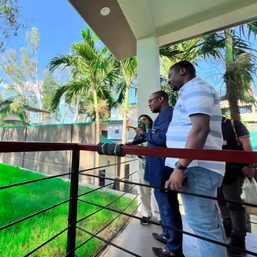
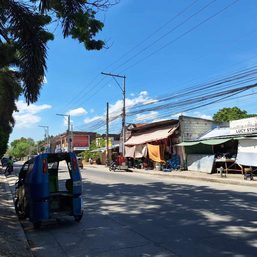
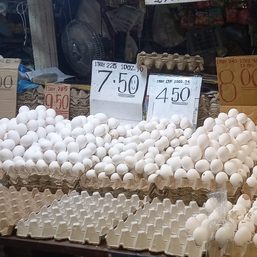

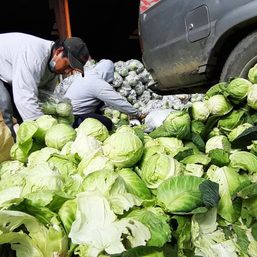
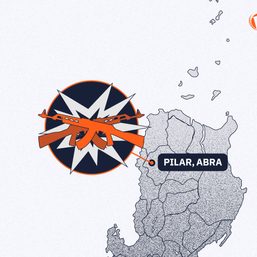
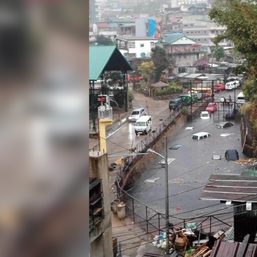

There are no comments yet. Add your comment to start the conversation.